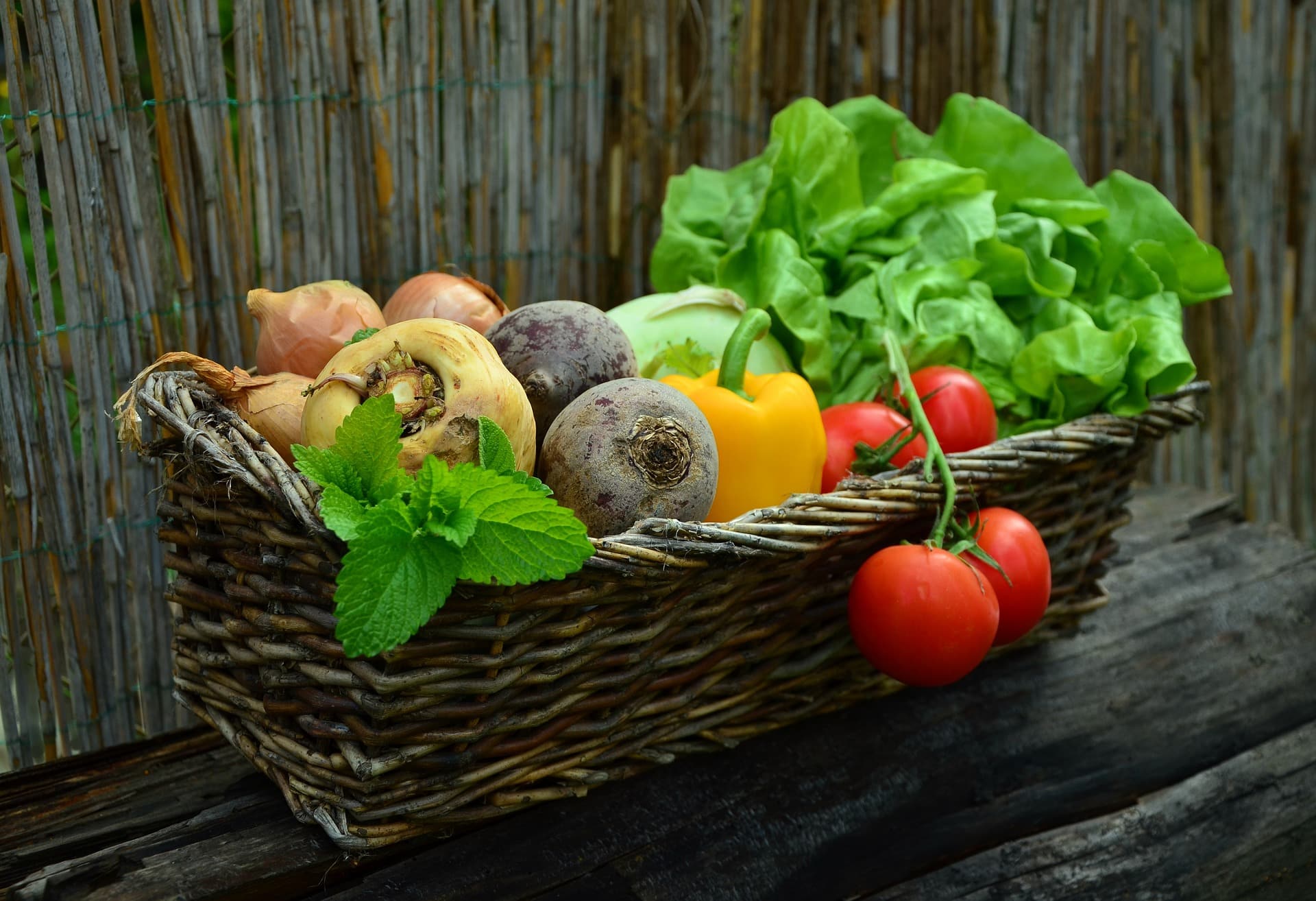The EFSA’s newest report on pesticide residues in food in the EU is now published according to a release. The report provides information on the residue levels left on commonly consumed products.
The report sampled 87,863 food samples collected in 2021 across the EU. The results in the report provided that 96.1% of the samples had residue within legally permitted levels. In the subset, 13,845 samples were included for the EU-coordinated control programme (EU MACP) and of those samples 97.9% were within legal limits.
Twelve food product samples were randomly collected for the EU MACP analyses. Those 12 products were aubergines, bananas, broccoli, cultivated fungi, grapefruits, melons, sweet peppers, table grapes, virgin olive oil, wheat, bovine fat and chicken eggs for 2021.
According to the release, “58.1% (8,043 samples) were found to be free of quantifiable levels of residues, 39.8% (5,507) contained one or more residues in concentrations below or equal to permitted levels (known as maximum residue levels, or MRLs) and 2.1% (295) contained residues exceeding the permitted levels.”
To identify trends, the same products are sampled and analyzed every three years.
The results are available here as browsable charts and graphs.
The EFSA’s annual report also includes individual control activity data conducted by Norway and Iceland. The results can be used to estimate the dietary exposure to pesticide residues of EU consumers.
The report concluded that the food products analyzed in 2021 “are unlikely to pose a concern for consumer health” but the report also included ways the efficiency of pesticides can be increased.










